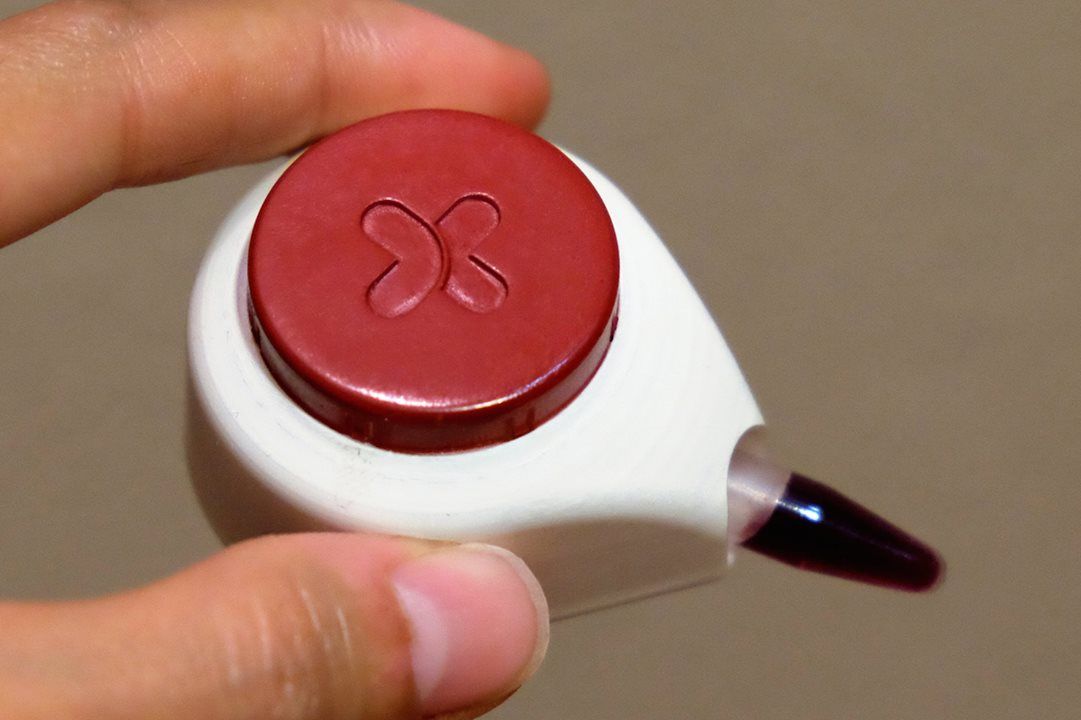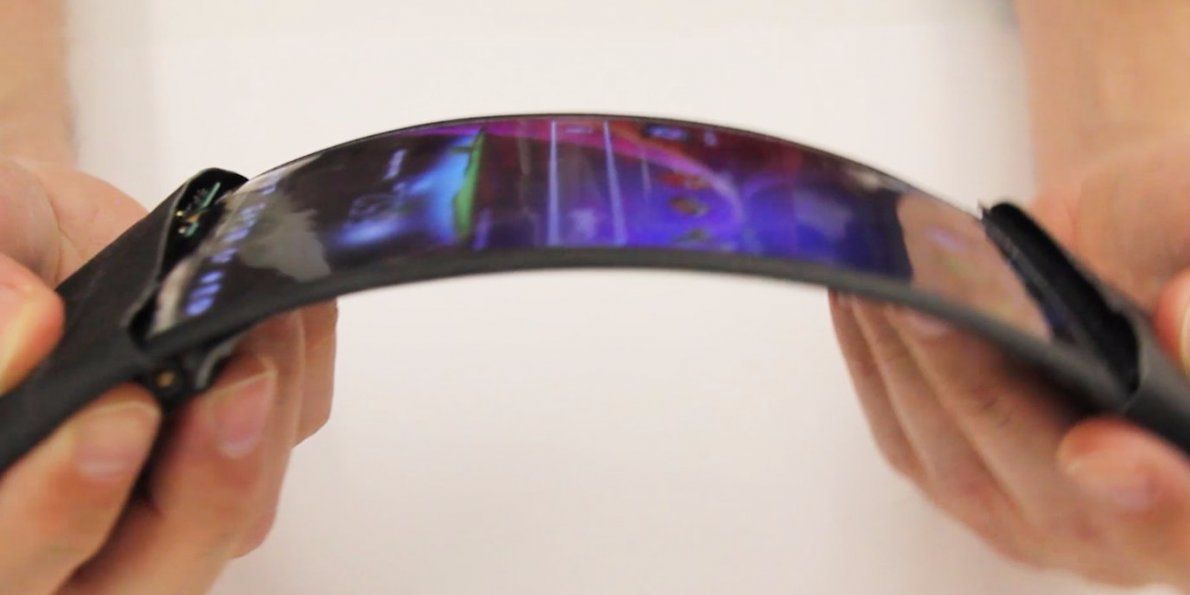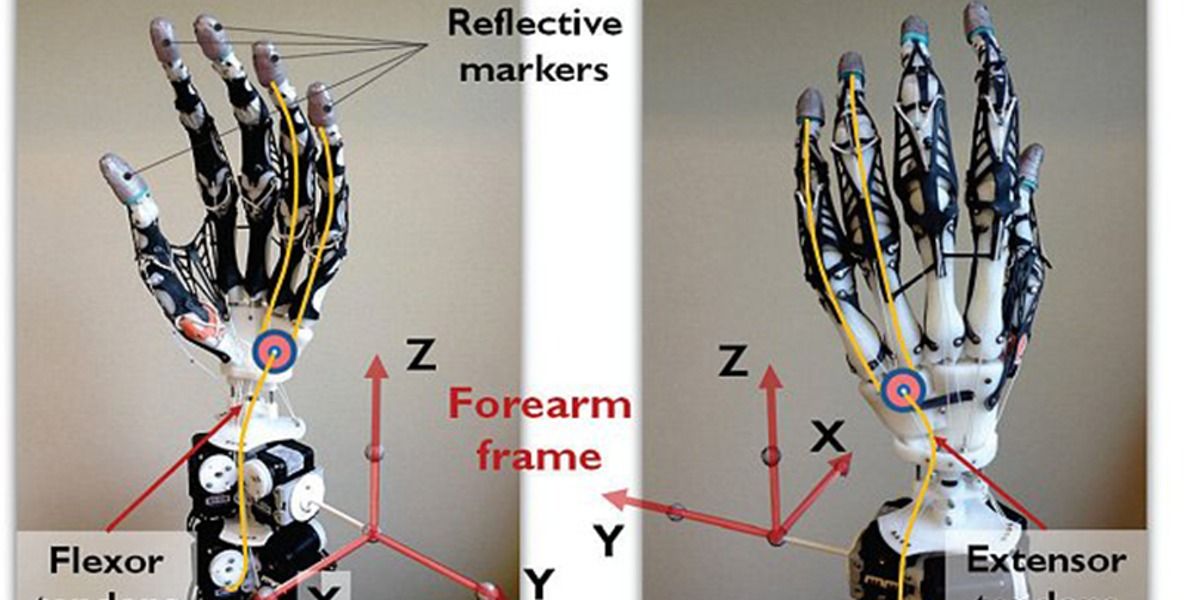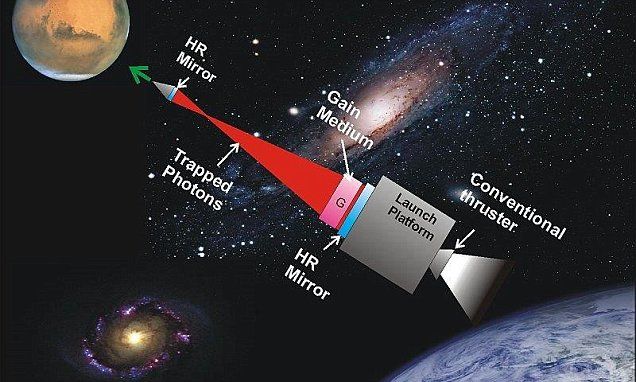Google’s forthcoming wireless virtual reality headset is purportedly in the works. With this new VR headset, users will no longer need a smartphone, PC or gaming console for it to provide a VR experience. (Photo : Justin Sullivan | Getty Images)
Google is reportedly developing a wireless virtual reality headset. The more advanced form of the company’s cardboard viewer will soon not rely on a smartphone, PC or gaming console to make it work – this makes it the first of its kind in the VR field.
The Wall Street Journal, citing its unnamed sources familiar with this matter, says that the company is currently working on an all-in-one VR headset which could likely come out before the year ends.









